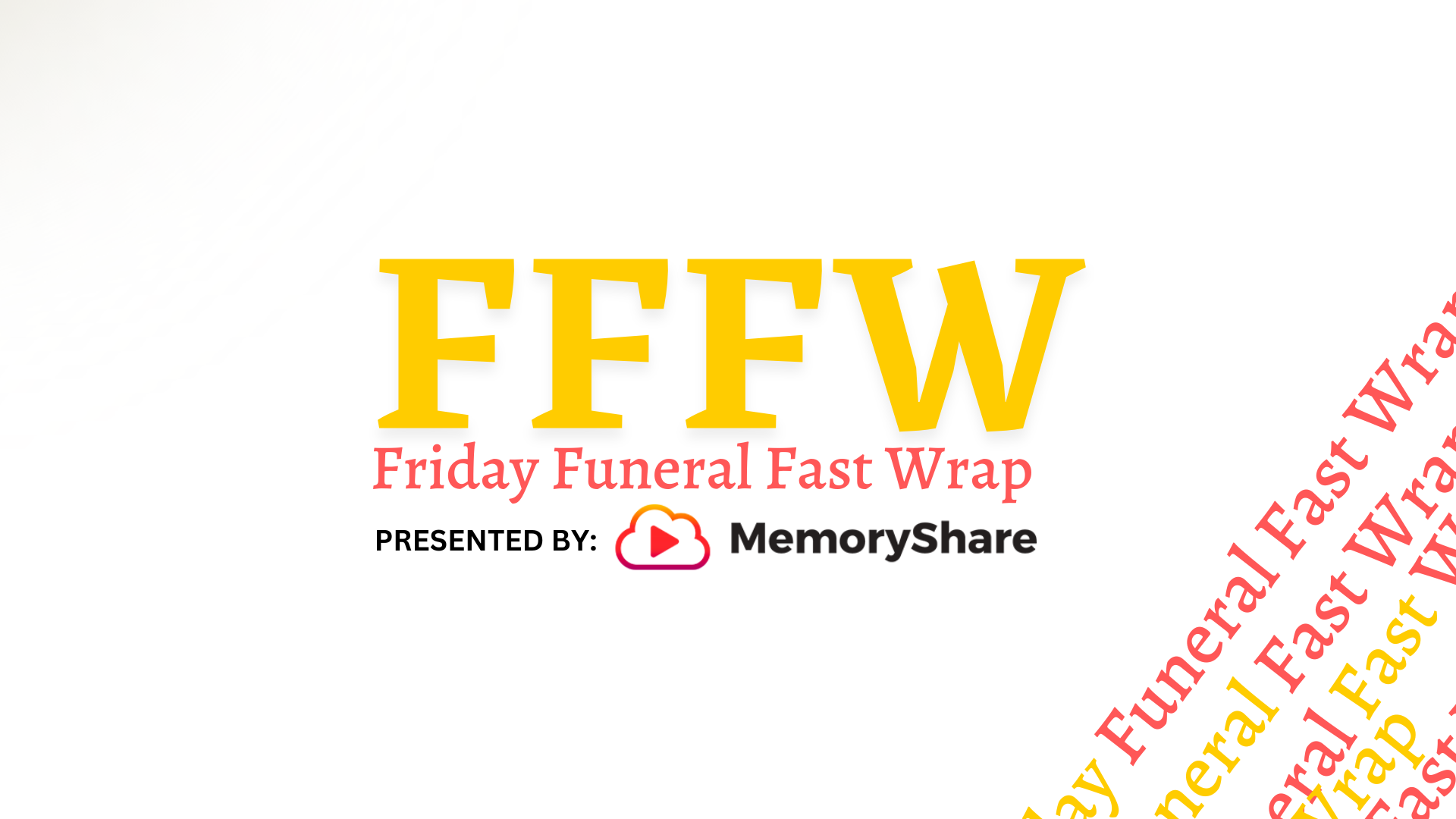CANA Insights: It’s Not Just About the Body
This summer at CANA’s 101st convention, CANA’s Barbara Kemmis and Pam Kleese of Homesteaders Life Company presented groundbreaking research on consumer behavior and attitudes toward cremation. With “Cremation Is ____,” Kemmis and Kleese shared seven insights from a series of focus groups. Participants shared candid feedback on their personal cremation experiences, along with plenty of advice for improvements.
Because these sessions sought qualitative feedback instead of quantitative data, participants provided a range of unfiltered opinions. It’s rare to get this kind of opportunity to dig deeper into consumers’ experiences. That’s why we’re sharing these insights with you in a series of articles on Connecting Directors.
Celebrate life, not death
In this article, we’ll review the feedback that led to the first insight, which Kemmis and Kleese presented as “Consumers want to focus on the person, not the body.”
“What we heard is really worth exploring,” said Kemmis. “Consumers want the arrangements and services to be about the person, not the body.”
The industry has already experienced a shift from services of mourning to celebrations of life. Consumers, according to the focus group participants, want more of that. They want memorials that celebrate the person’s honors and accomplishments, and time to share memories with others.
“There’s comfort in company,” said one focus group participant.
What we’re doing wrong
However, these consumers feel like funeral directors don’t “get” that. The research participants felt funeral professionals tended to focus on products and services that were all about the body, not the person.
Even though these consumers chose cremation, they felt societal pressure to have the body embalmed. The reason behind this, they thought, was so the body could be on display for what they felt was a prolonged public viewing.
“Focusing on the body is ostentatious,” one participant said. “It’s like you’re showing off.”
Instead, participants suggested replacing public grieving with a short private visit for the family, or at least shortening the public visitation. One focus group member said a shorter viewing would help to “soften” their grief.
More DIY
Although this may be hard for funeral professionals to hear, consumers in the focus group don’t want much from funeral directors. They only want you to do the things they can’t do without you, like the actual cremation.
“The body is the one thing they couldn’t do themselves,” said Kemmis. “They appreciated help solving that ‘problem’ and were open to additional expertise, but often weren’t offered help with personalizing a service or any additional help at all.”
For everything else, they wanted hands-on participation. They didn’t seem to need or even recognize the funeral directors’ involvement. Kemmis added that sometimes during the participants’ conversations it was difficult to distinguish their role in their loved ones’ cremation from the funeral directors’.
“They said ‘we planned,’ and ‘we did,’” said Kemmis. “They didn’t mention the funeral director by name or title at all.”
Families still need you
Kemmis believes this attitude represents a “seismic shift for our profession,” and deeply understands the implications.
“This is challenging the very identity of some funeral directors,” she said. “It’s hard to see that your life’s work, education, etc. is not valid or valued by some cremation customers.”
“There’s a lot of pride wrapped up in that,” added Kleese. “To think you’re losing control of the activities that used to define your profession.”
However, Kemmis and Kleese are quick to share that consumers aren’t indicating embalming Inserisn’t important or never will be again.
“Nothing will ever drop off the plate,” Kleese said. “Some families are just different.”
The trends happening at the business level of the industry are encouraging to Kemmis and Kleese.
“Funeral homes are looking for ways to accommodate catering and partnerships with restaurants and hotels,” said Kemmis. “Some have rebranded themselves as celebration centers. A shift is underway. It’s not across the board yet, though. And there’s plenty of room for improvement.”




